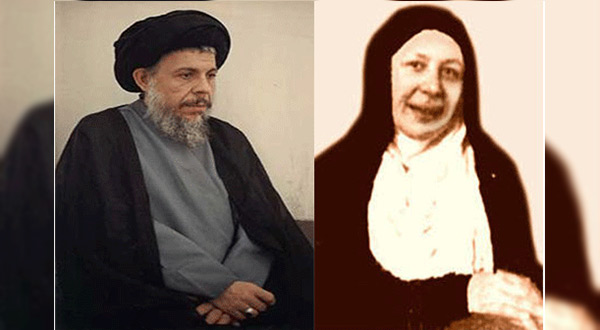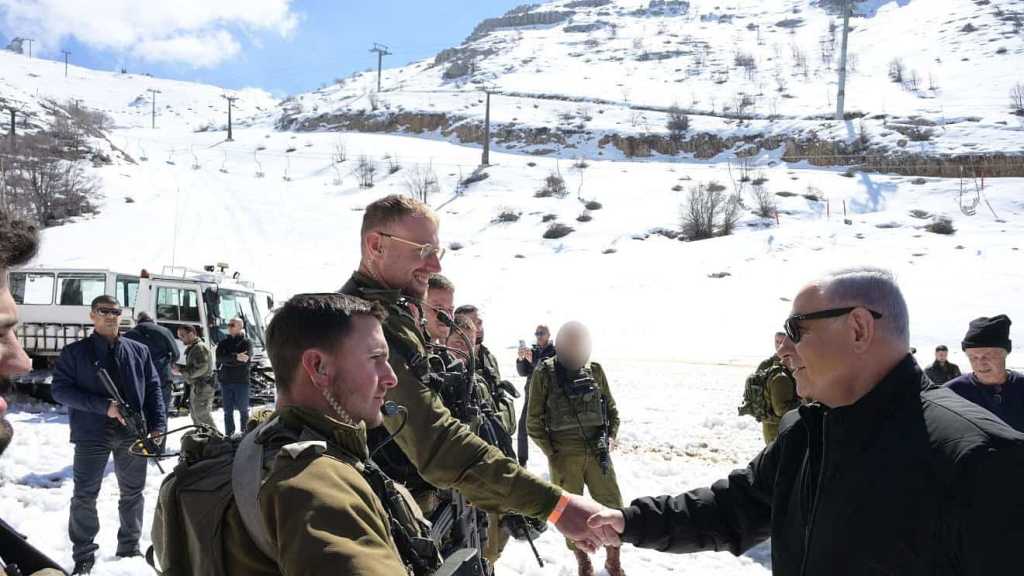A Sister in Life... A Companion in Martyrdom

Local Editor
In her short-lived life, she inspired an entire generation of men and women. Amina al-Sadr was born in al-Kadhimiya, Baghdad in 1937.

Being the only girl in her family, she was also too young to remember her father, the scholar Haider al-Sadr who died during her childhood. As part of a poor family, Amina was primarily educated at home by her mother, and then later by her brother Grand Ayatollah Muhammed Baqir.
She developed a talent for reading and writing at a young age, which would later, as the leader of the women's branch of the Islamic Dawa party, allow her to play an instrumental role in the publications of the party.
In 1966, she began writing in al-Adhwaa magazine, and was one of its main contributors. Amina al-Sadr's ability to eloquently articulate the concerns of the masses made her an influential woman in Iraq.
Having realized the important role of women in religious activities, she held regular religious sessions in her house or other people's for spreading Islamic beliefs.
Her prolific writings made her very popular, particularly among women who were unable to express their sentiments in such a way.
As well as this, she was always readily available to help solve women's family problems and to answer a variety of religious questions.
Amina al-Sadr is renowned for her dedication to education and learning. In 1967, she helped establish several schools for girls in Baghdad and Najaf - al-Zahraa schools - and played a principal role in running them as the headmaster.
She composed poems and authored many books, many of which were fictional stories that dealt with the social problems of her time, namely family, Islamic work, difficulties of working women, mockery, beauty, make-up, hijab and so forth. Many of her themes were directly relevant to the struggles that women were facing in Iraq. At all times she wished to maintain a modest profile, and was reluctant to thrust herself into the limelight. For that reason, she refrained from using her real name in her books, instead adopting the pseudonym Bint al-Huda.
On 5th April 1980, Saddam decided that Amina and her brother Muhammed Baqir were a significant threat to his regime and the order was given for their arrest. Three days later, after being severely beaten and tortured, it has been reported that Saddam himself shot them both dead. Her body is not found until now.
Amina al-Sadr was a channel for women to raise their concerns and worked alongside her brother Muhammed Baqir al-Sadr in championing their rights. She was a political activist as well as an educationalist. She concerned herself with the day-to-day restrictions imposed by the ruling Baath Party and campaigned on behalf of women who were affected by the constant struggles of living under tyrannical rule.
On June 13, 1979, Muhammad Baqir al-Sadr was arrested because of his political activities. Bint al-Huda delivered a speech in the holy shrine of Imam Ali and told the people that their Marja' was arrested. Her speech resulted in demonstration of the people of Najaf and the release of al-Sadr.
After ten months of house-arrest, Sayyed Muhammad Baqir al-Sadr and Bint al-Huda were arrested. On the night of April 9, 1980, the Baathist regime cut off the electricity from the holy city of Najaf and sent a security force to the home of their cousin Sayyed Muhammad al-Sadr.
Sayyed Muhammad al-Sadr went with security force back to their headquarters, where they showed him the bodies of Sayyed Muhammad Baqir al-Sadr and Bint al-Huda. Bathed in blood, the signs of torture were all over their bodies. Sayyed Muhammad Baqir al-Sadr and Bint al-Huda were buried in the Wadi as-Salam graveyard in the holy city of Najaf that same night. Sayyed Muhammad Baqir al-Sadr and Bint al-Huda saw oppression and injustice around them, and they spoke up against it.
In that sense, they were true followers of Imam Hussein and Lady Zainab (peace be upon them). Indeed, when Saddam was asked to spare Bint al-Huda's life, he instantly remarked, "Kill the brother and spare the sister? You want me to make the same mistake as Yazid?!" And yet, Saddam failed to learn from the mistakes of his predecessor.
By assassinating Sayyed Muhammad Baqir al-Sadr and Bint al-Huda, he actually helped give fresh blood to the Islamic revolutionary movements in Iraq, Iran, Lebanon, Pakistan, and around the Muslim world.
In their martyrdom, the two have become icons of the Shia revolutionary spirit. Leaked video footage of Saddam's execution shows witnesses shouting "Long Live Sayyed Muhammad Baqir al-Sadr!" And plastered on walls and billboards all over Iraq today, Sayyed Muhammad Baqir al-Sadr's ubiquitous image continues to echo the words of Iqbal: "The murder of Imam Hussein is actually the death of Yazid. After each Karbala, Islam is reborn."
Source: Al-Ahed News
Comments




